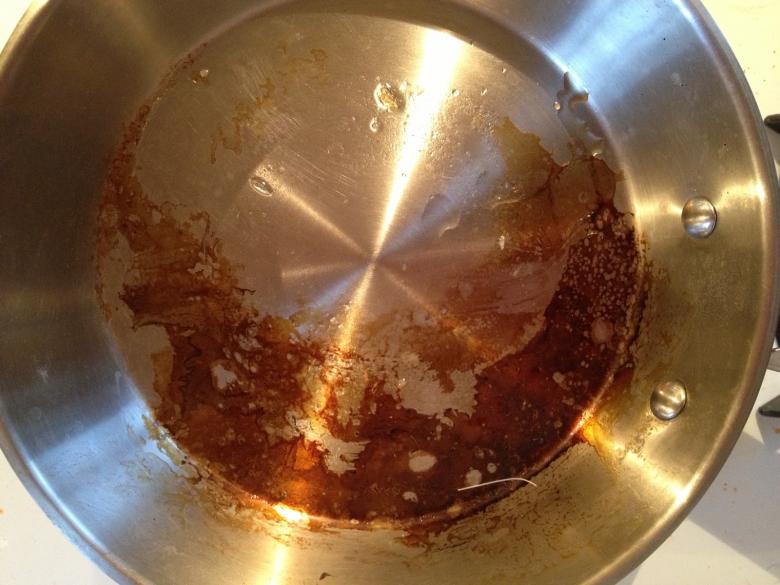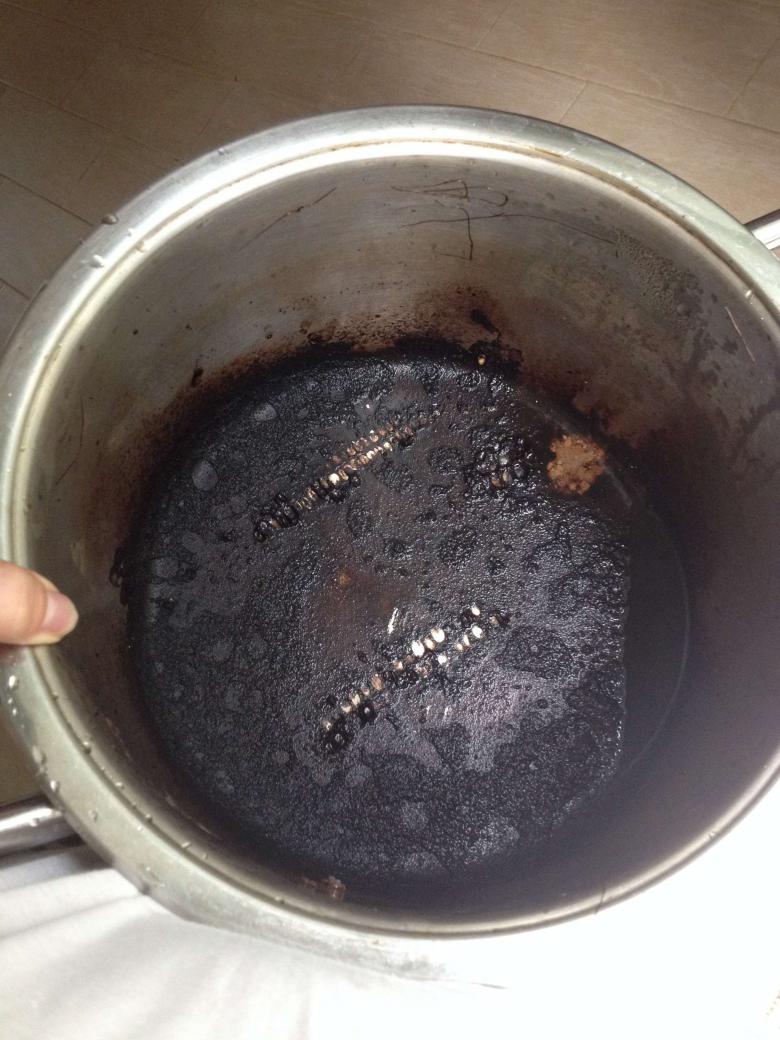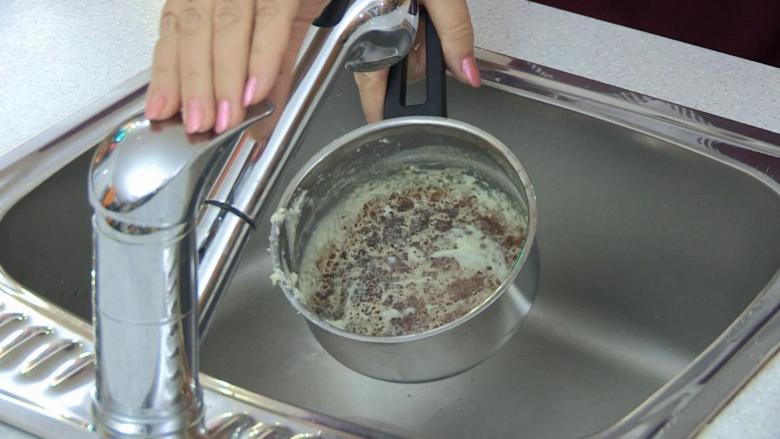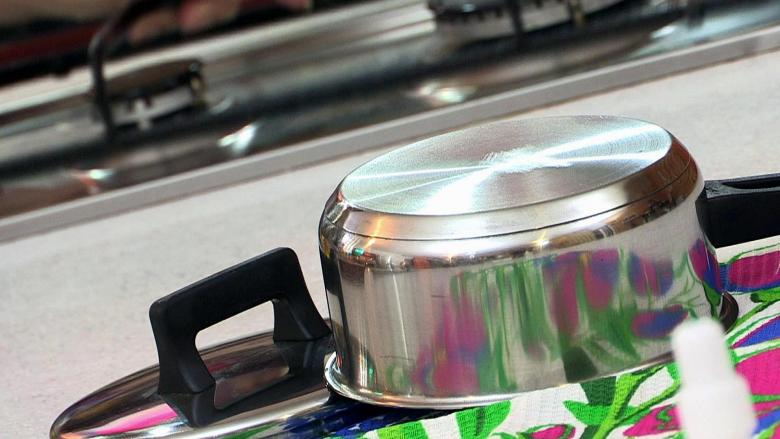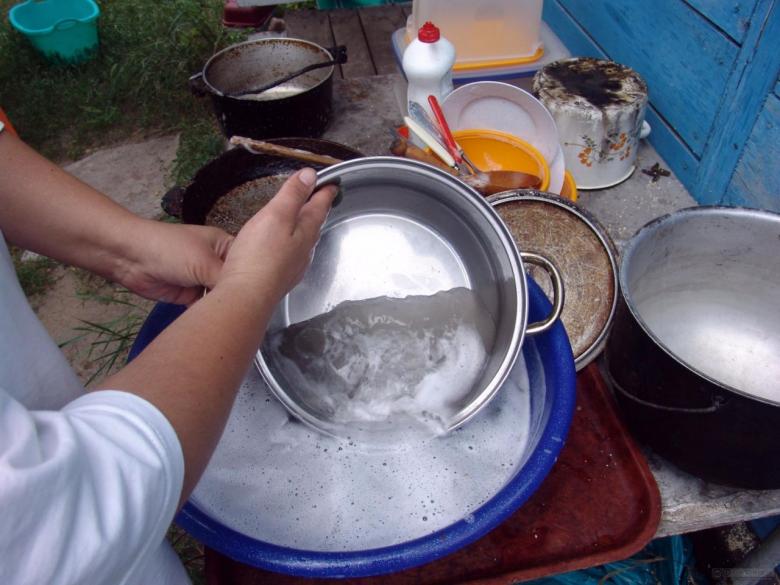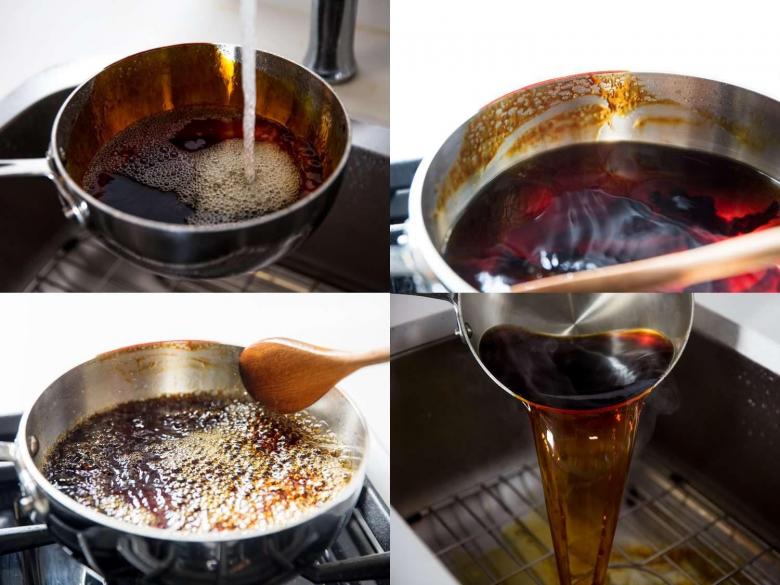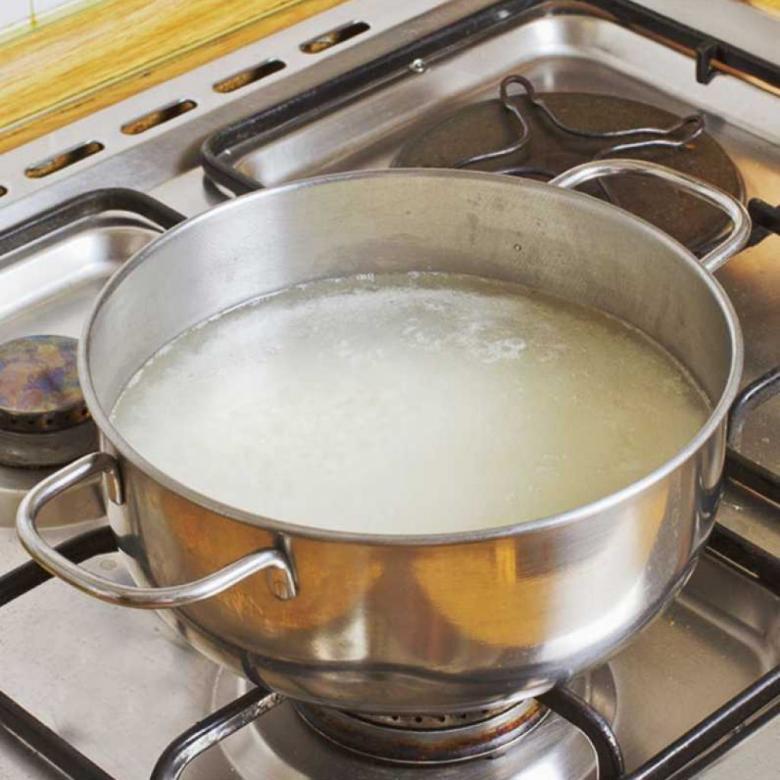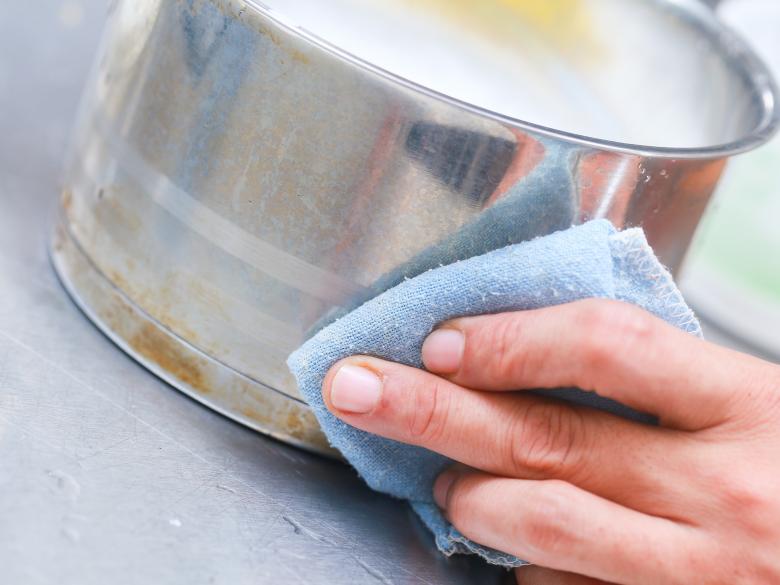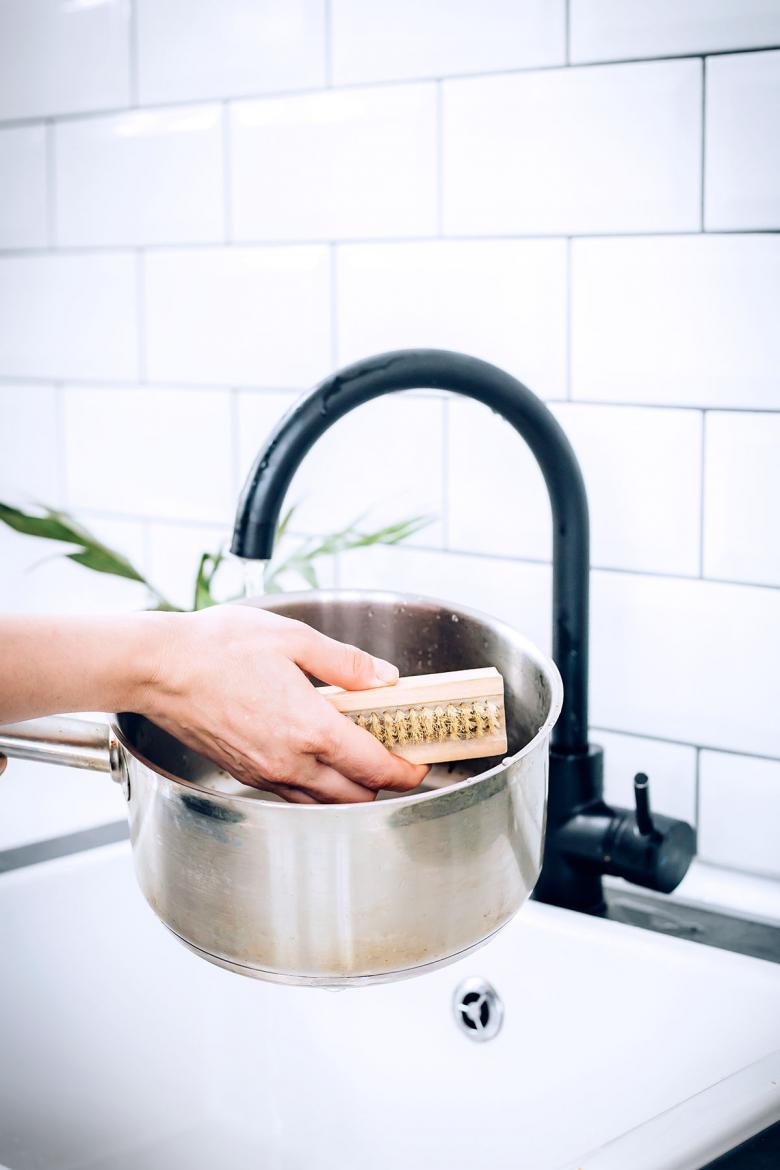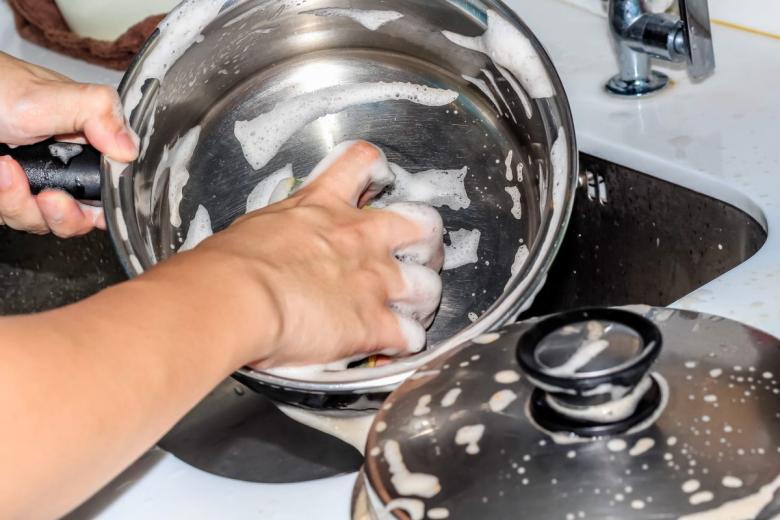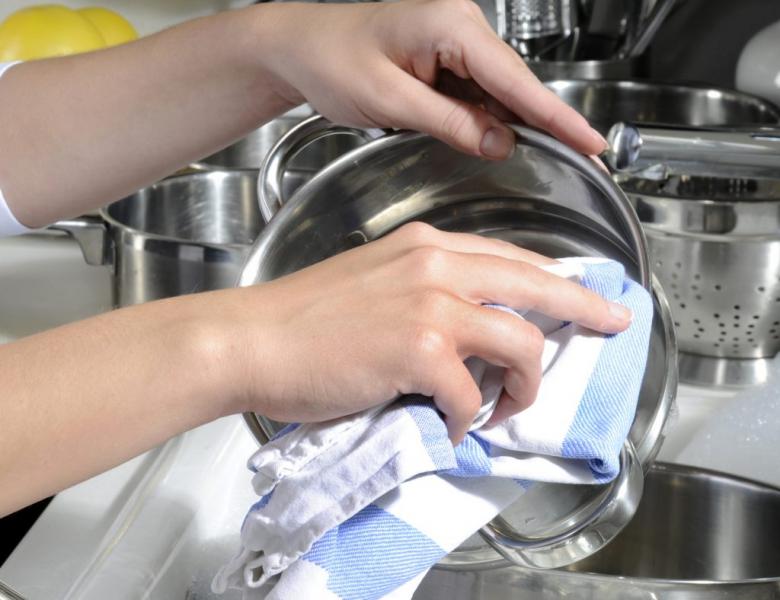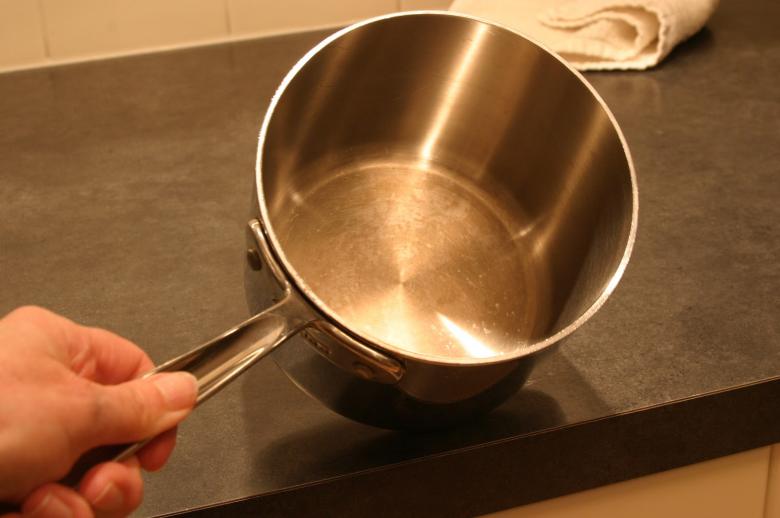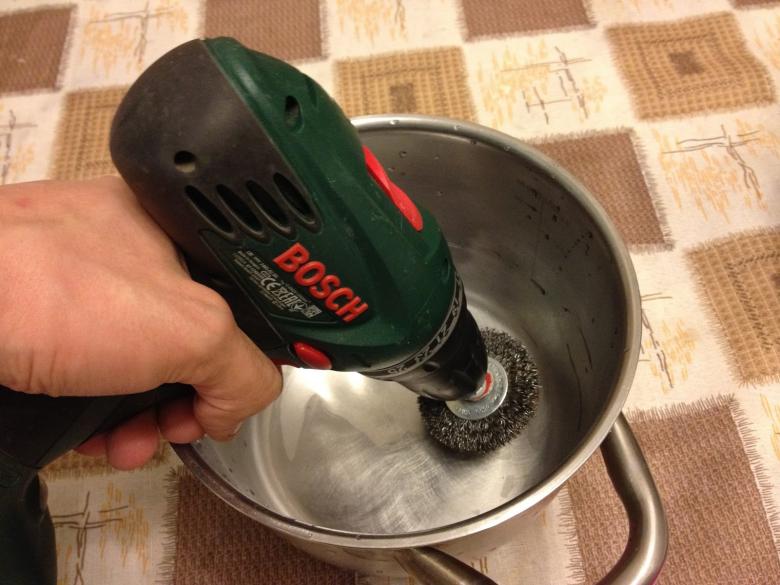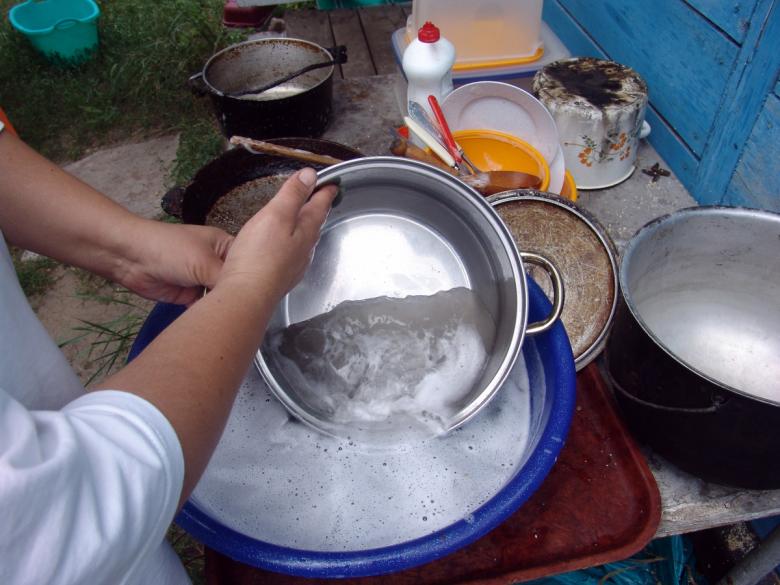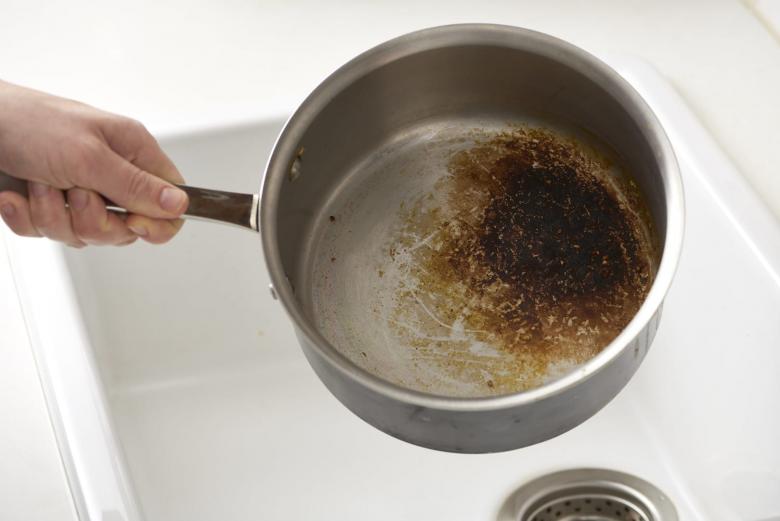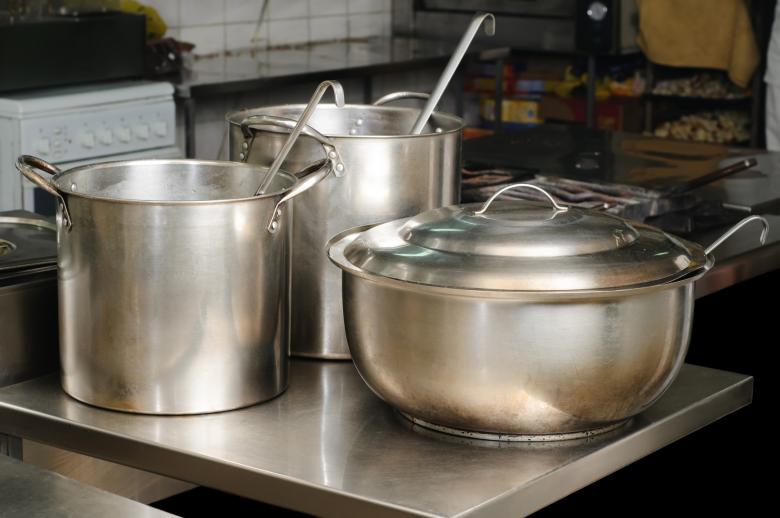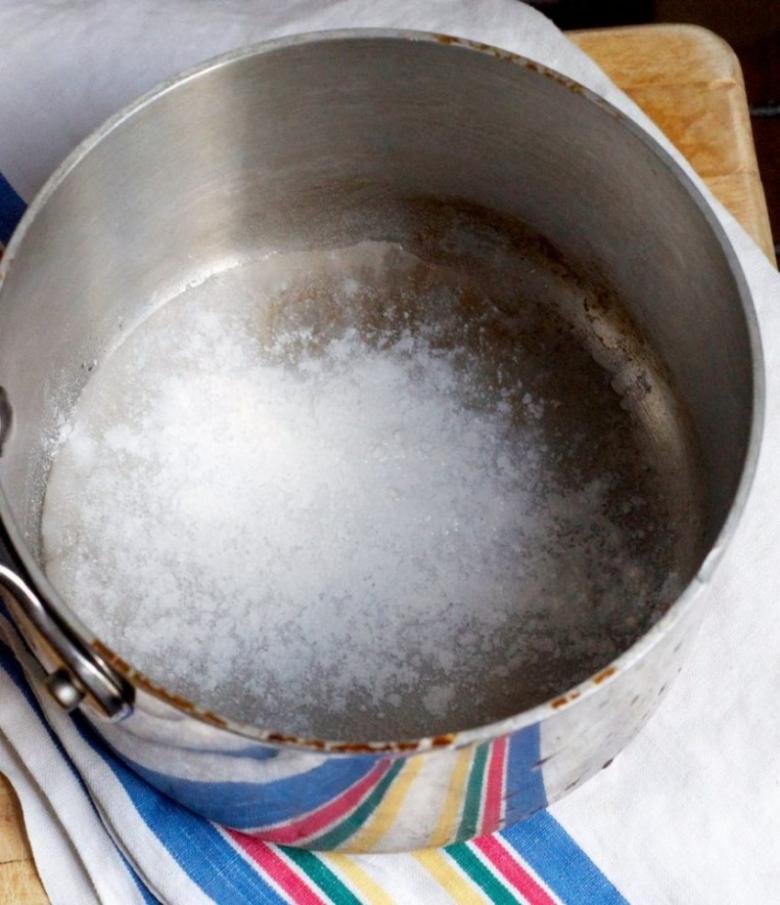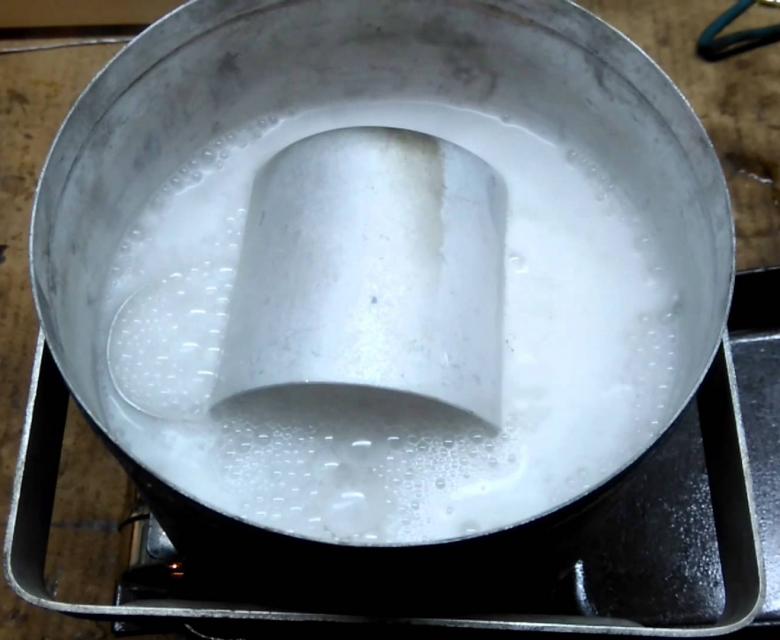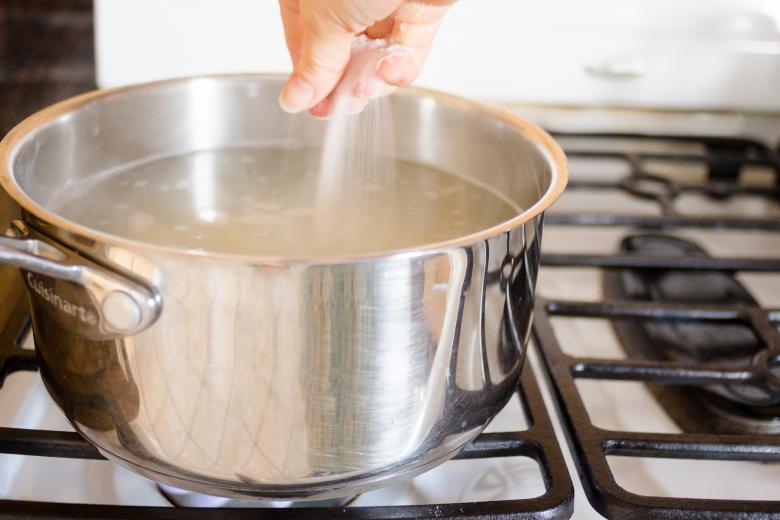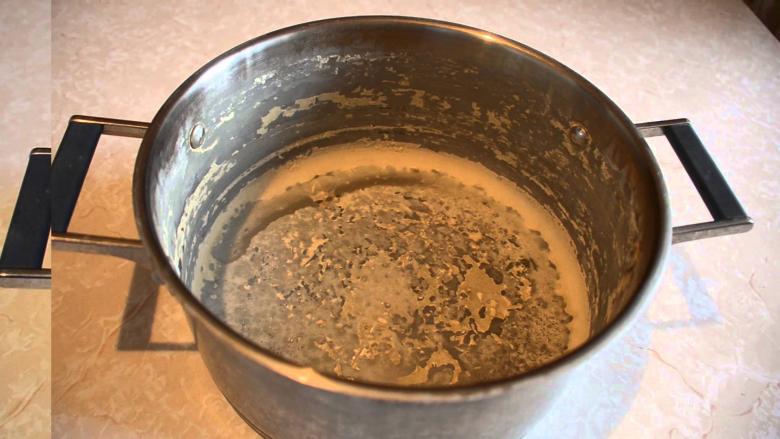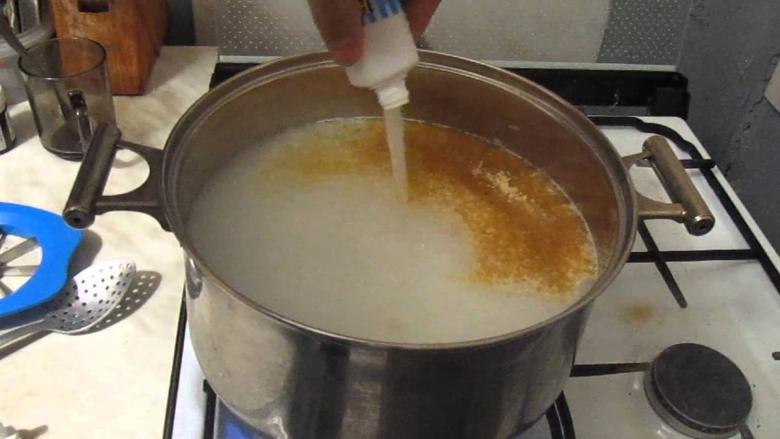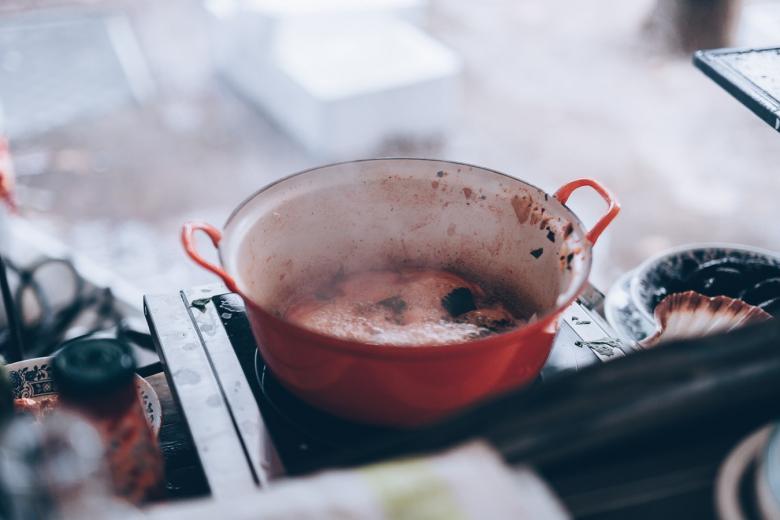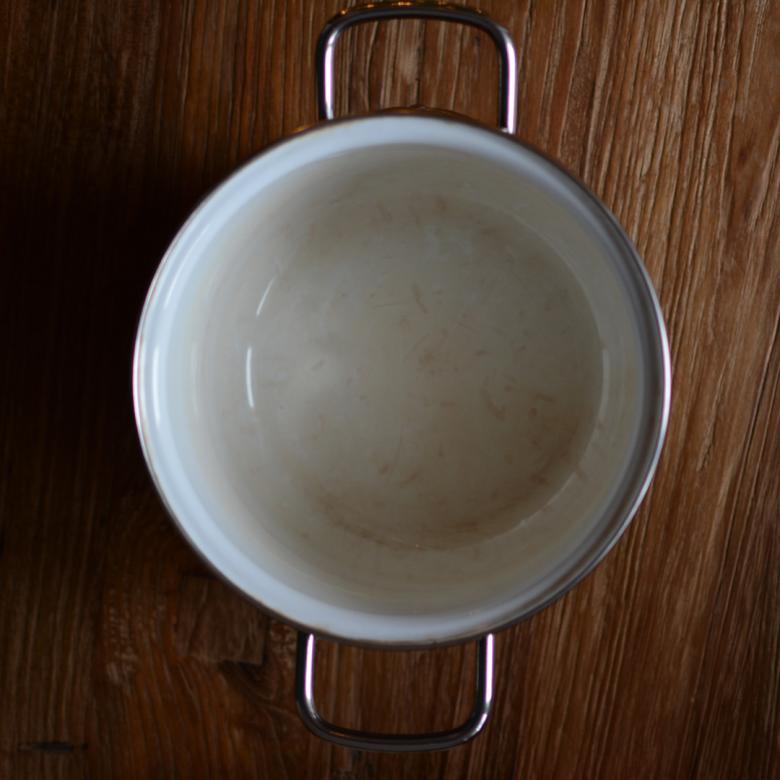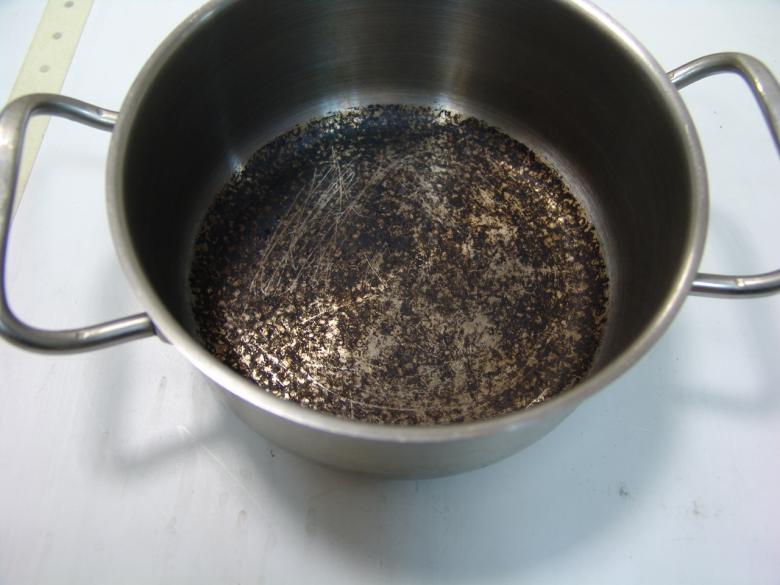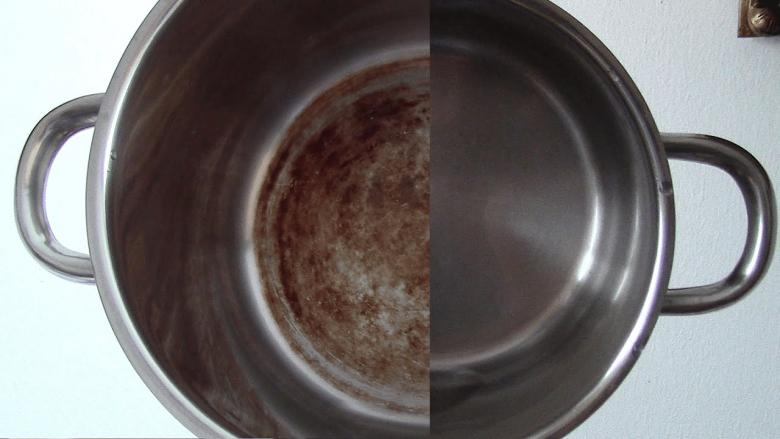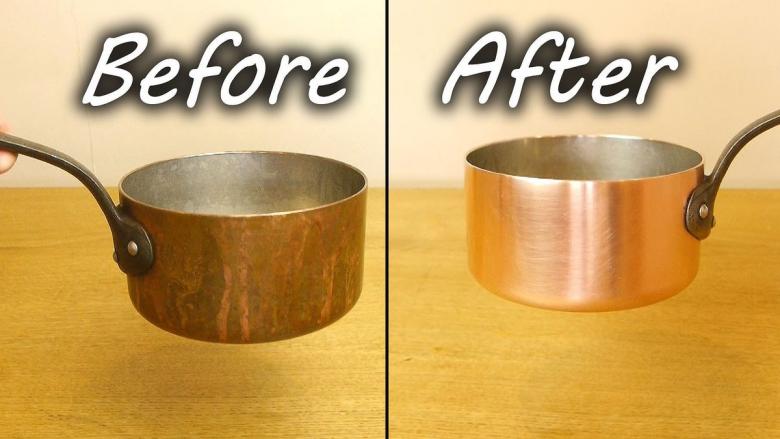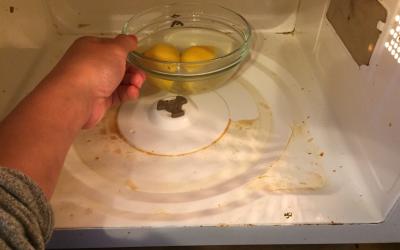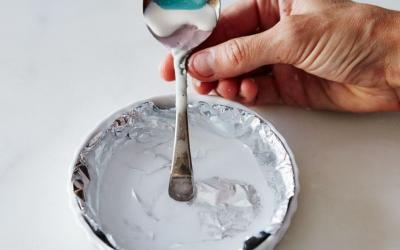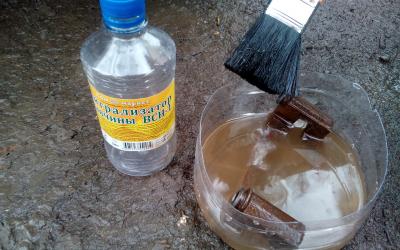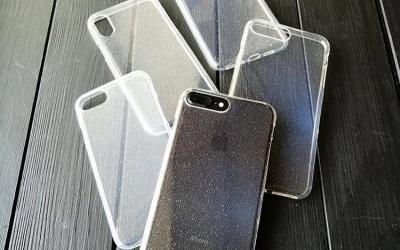How to clean a burnt pot at home - cleaning and care rules depending on the material
With the advent of the dishwasher in the kitchen, the work of hostesses has become much easier. But no household appliance can cope with burnt and sooty pots. Unfortunately, dirty dishes - an inevitable companion of delicious dishes, and the variety of materials from which home helpers are made, requires the selection of special means for cleaning. With what and how to clean the pan from fouling, let's understand together.

Peculiarities of caring for pots made of different materials
Prolong the life of your favorite and sometimes expensive in the literal sense of the word cookware is possible if you carefully study the manufacturers' instructions on how to care for it. Agree, few people even read such recommendations, let alone for pots and pans. Of course, you know everything. Let's just refresh your memory.
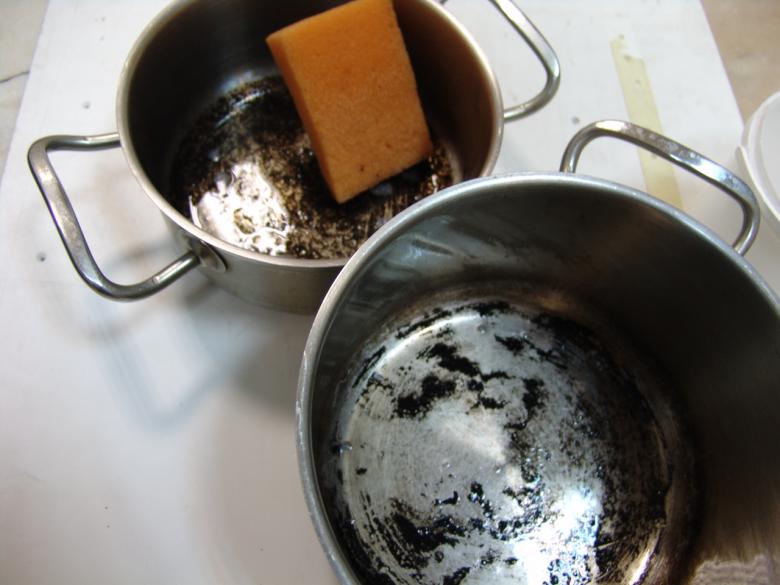
Aluminum
One of the most popular and favorite for many hostesses is cookware made of aluminum. Pots made of this material are strong, thermally conductive and lightweight. It is not recommended to use:
- metal sponges;
- household chemicals with high alkali content;
- Store acidic foods (pickles, cucumbers) in the pan;
- Do not use abrasive detergents.

You can:
- wash with a sponge using dishwashing detergent;
- use a sponge and dishwashing detergent to remove minor stains.
There are many proven ways to clean an aluminum pan.

- Dark plaque:
- Wipe with vinegar;
- 1 liter of water with 0.5 teaspoon of citric acid - boil the solution in a pot for 10 minutes.
- Burned food:
- take 50 ml each of ammonia and hydrogen peroxide, dilute with 1 liter of water, boil the solution in the container for 30 minutes, rinse;
- boil milk whey in a saucepan for 5 minutes.

Teflon
Non-stick cookware does not allow food to burn. For its treatment use a detergent and a soft sponge. If, nevertheless, the trouble occurred, then apply the variant with sweet carbonated water: carbon dioxide bubbles when heated will help move away the burnt particles. You can prepare a mush of salt and water, cover the burnt areas overnight, and rinse with water in the morning.

Stainless Steel
Cookware made of stainless steel is durable, is not subject to corrosion and lasts a long time. The production technology allows to make cookware with the bottom of three, five, seven layers of metal. This significantly reduces the risk of burning food. Do not use abrasive cleaners and metal sponges, because they destroy the protective film. You can wash stainless steel pots with warm soapy water and an ordinary sponge.
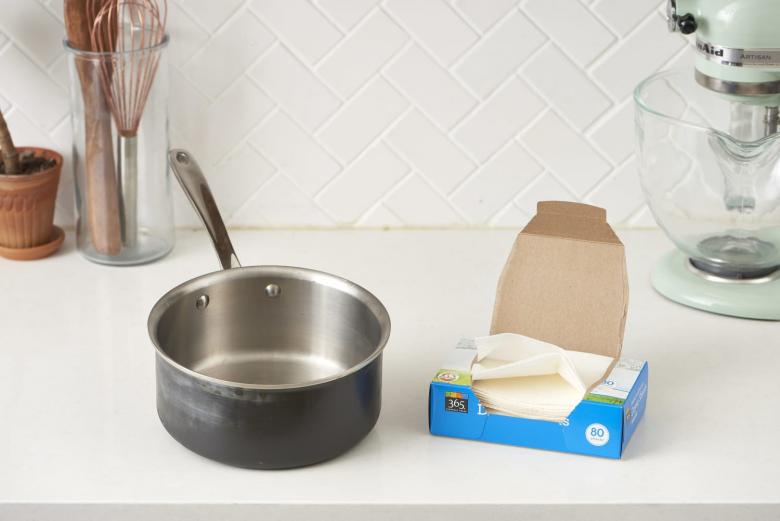
Simple recipes are used to combat carbon deposits and white stains.
- Mineral plaque is removed by boiling vinegar in the pan, then it is rinsed and wiped dry;
- Claster of baking soda and PVA excellent deal with soot inside and outside dishes: in 10 liters of water dilute half a pack of soda and add 100 grams of glue. Boil the pots in this composition for 5-10 minutes. Wash in plenty of water, dry with a towel.
- Using laundry soap: boil the whole container in clean water for 15 minutes, then rub the dirty area with soap and remove the stain.
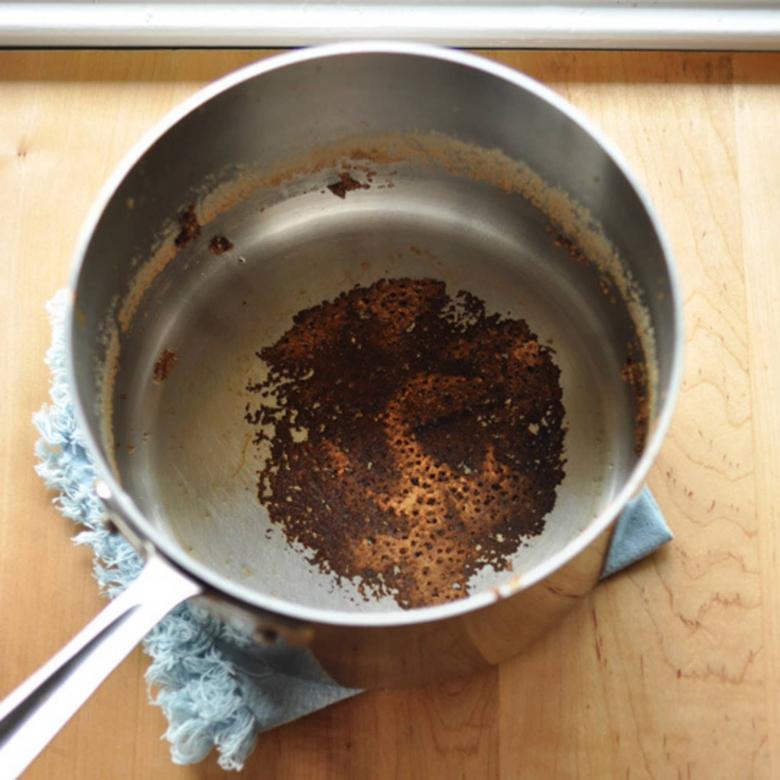
Ceramics
Ceramic cookware allows you to save when cooking food almost all the useful properties of products. Sometimes soot and carbon residue adhere to it, too.

We will deal with them with laundry soap and soda ash: pour water into a container, add shavings of soap and soda, bring to a boil and simmer on low heat for 3-4 hours. Rinse and wipe dry. Helper as new and ready for further use.
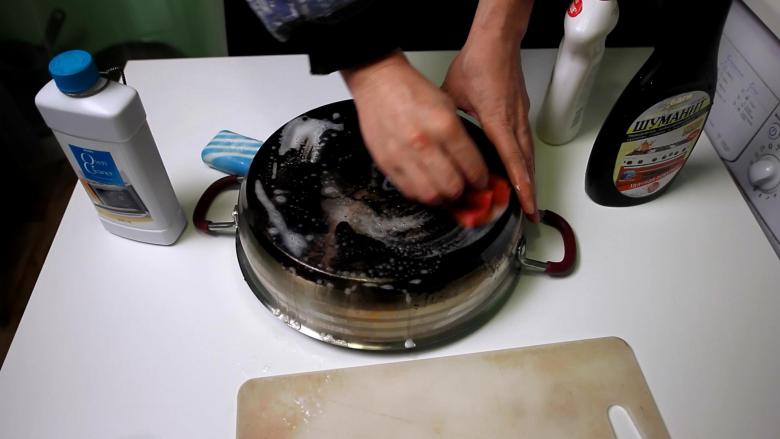
Enamel
This is actually a cookware made of cast iron or metal alloys, and the top is covered with a decorative layer of enamel. This is a budget-friendly and affordable type of cookware for many people. Unfortunately, they do not have a non-stick coating, so their lucky owners have to regularly fight with burned food. In the arsenal of experienced hostesses there are many ways how to clean a burned enamel pan inside.
- You can remove the dark plaque by boiling a solution of 1 liter of water with 1 tablespoon of vinegar for 15 minutes.
- With heavy soot, soak the pot in water with detergent for a few hours, remove the parts that have come off with a wooden spatula. Then prepare a mush of baking soda, vinegar and citric acid (30 g of each) and scrub off the residue.
- Grind a couple of packs of activated charcoal, mix with a little water and apply to unsightly stains.

Cast iron
Cast iron cookware is durable, environmentally friendly, but not suitable for everyone because of its heavy weight and specific care: it is not washed often, just add salt and oil to the hot surface, remove food debris with a paper towel.

Because the cast-iron pot is a thorough object, and approach to its cleaning will be accordingly: heat the container and scrape off pieces of carbon deposits, then boil for 20 minutes in a solution of 10 liters of water with a couple of tubes of silicate glue and bar of soap.
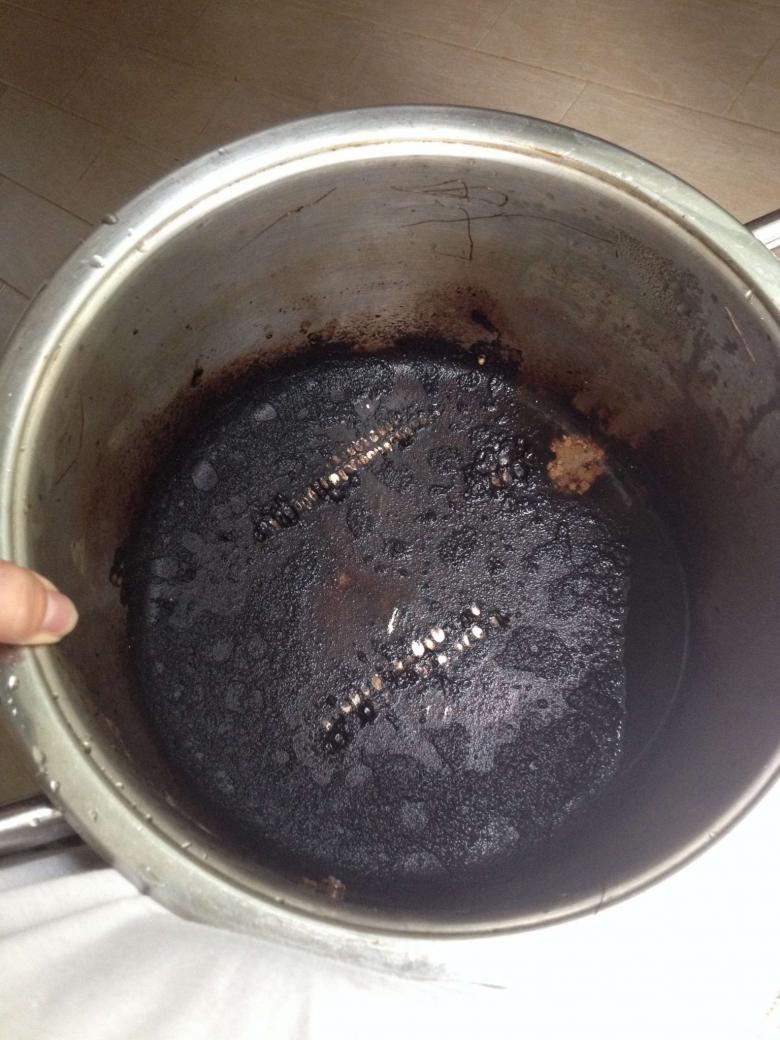
Let cool in the same mass and proceed with mechanical cleaning with a brush. When finished, rinse thoroughly under running water.

Burnt jam
Separately, let's consider how to clean the pan from burnt jam. Almost all housewives face this problem, but not all come out victorious in the fight for cleanliness. Steps and methods:
- Soak the container for a couple or three hours, remove the peeled off mass.
- Proceed to the elimination of the consequences, depending on the material of manufacture:
- enameled - in 5 liters of water dilute half a bar of shavings of laundry soap, 2 tablespoons of PVA. In this mixture, boil the pot for a couple of hours, cool there, too. Rinse thoroughly with running water;
- stainless steel - for 1 liter of warm water to dilute 1 tablespoon of silicate glue and soda, boil for 30 minutes, rinse;
- Teflon - pour water over cut lemon or apple peel, boil, rinse, wipe dry.

Basic rules of cleaning
Compliance with simple rules for cleaning pots will greatly simplify the difficult process and achieve excellent results in a short time without breaking the coating.
- The first to go into battle should be the "infantry" - non-aggressive substances.
- Do not mix household chemicals with the ingredients of home remedies - a chemical reaction may occur, the products of which can easily be poisoned, while the top layer of the material from which the dishes are made may also be affected.
- Begin cleaning immediately after the trouble - this will prevent the contamination from sticking to the surface.
- If it is not possible to proceed immediately to the mechanical or chemical removal of the stain, then soak the pot in warm water "until found out".
- National remedies are more forgiving, but if they do not cope, and you decide to switch to household chemicals, be sure to read the materials for which they are suitable.
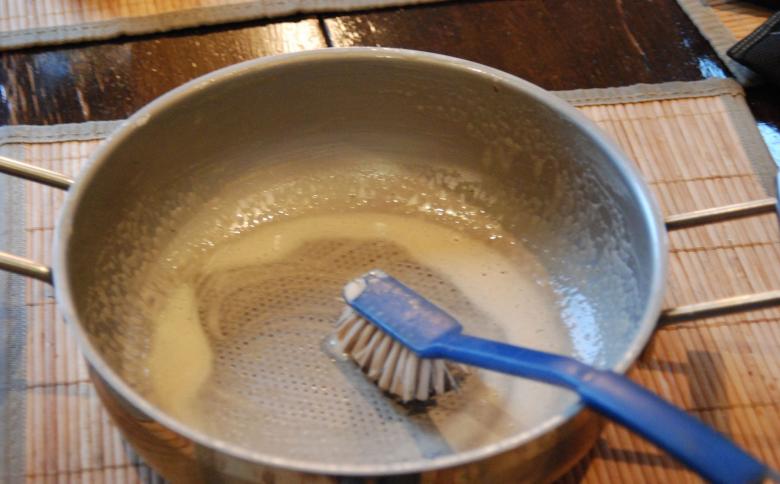
Before you start cleaning pots with aggressive means of household chemicals, try the gentle folk methods first, and the dishes will serve you faithfully for a long time.





